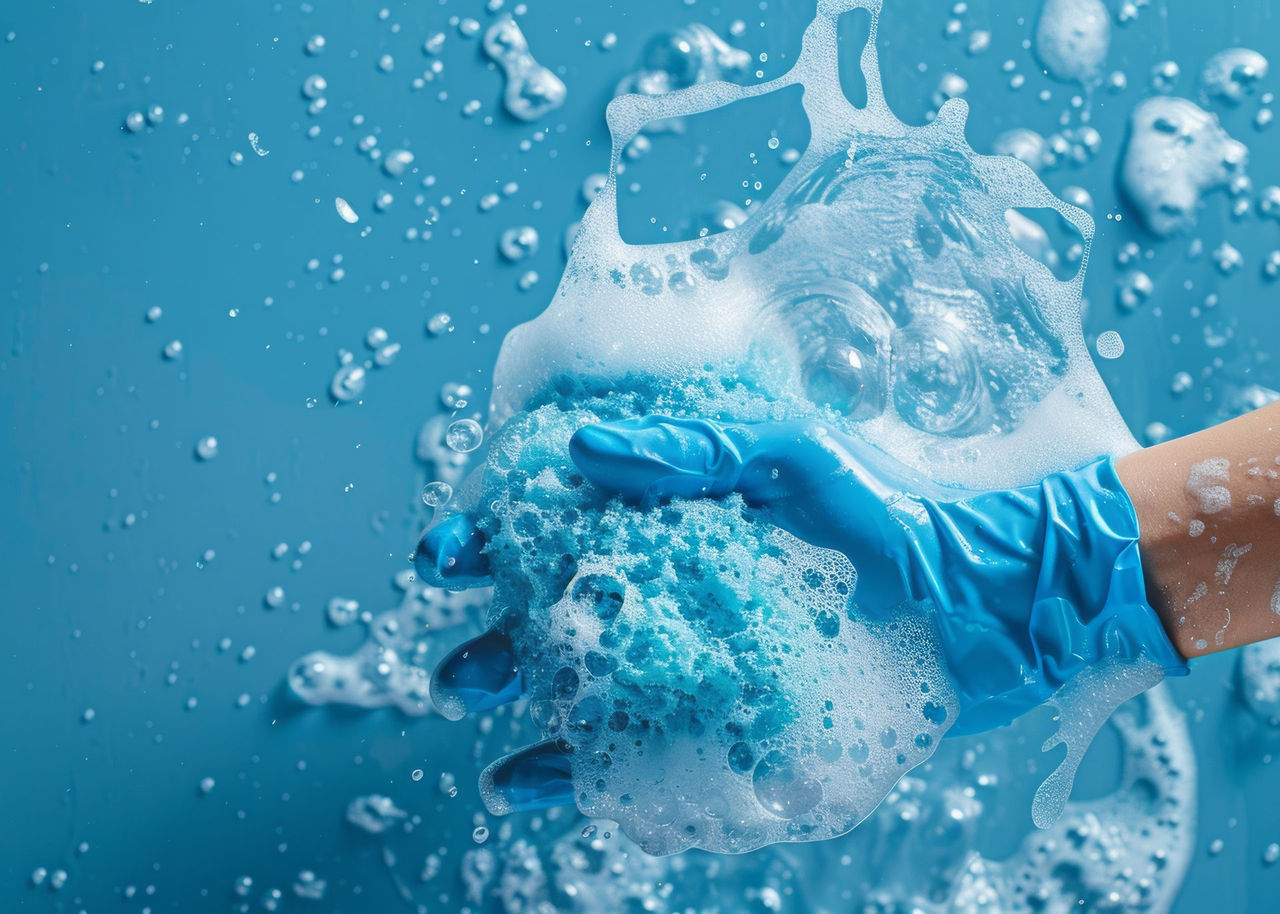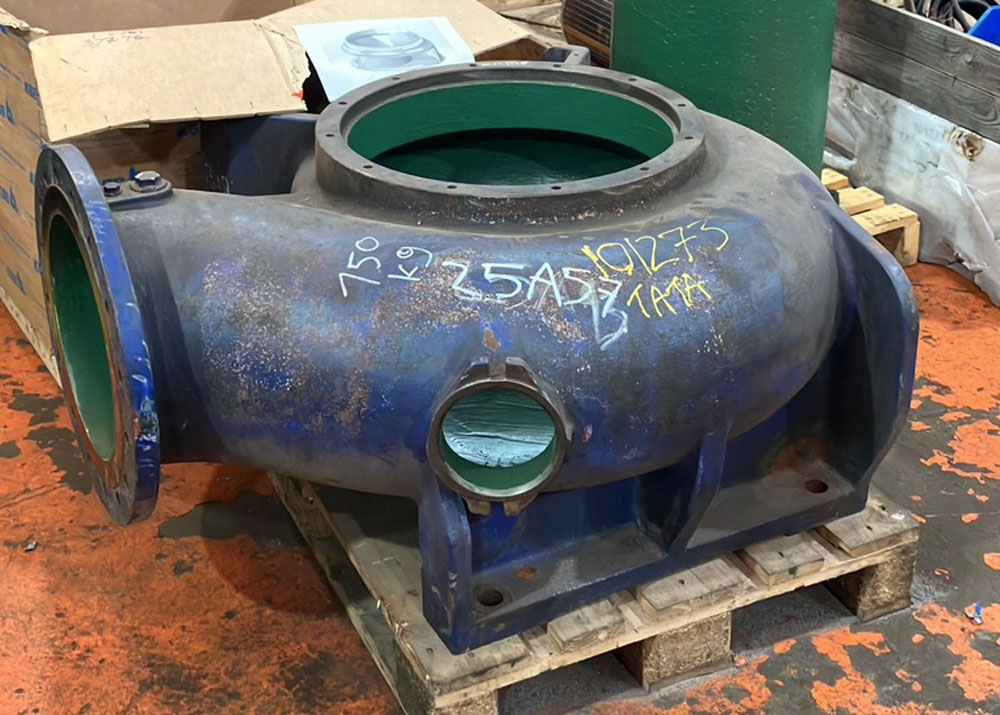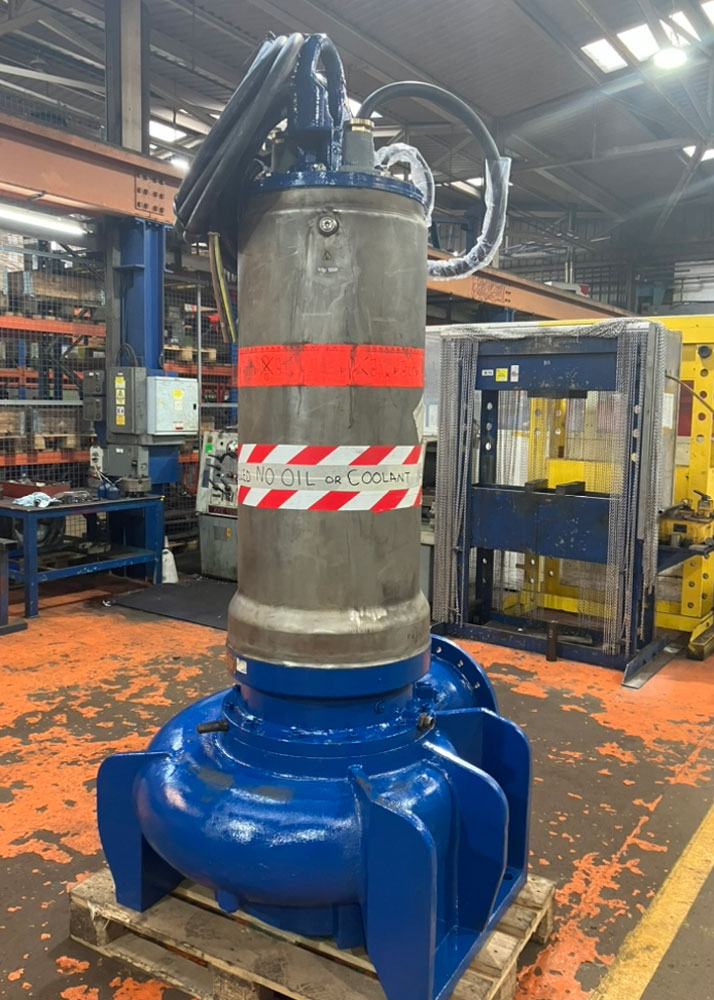In this article
Repair or replace for the best returns?
ERIKS showed a dirty water pump wasn't all washed up

Industry Sector:
Construction
Application:
Sump tank drainage
Actual Saving:
£38,148
Payback period:
Immediate
Product/Service:
- Pumps
Customer Benefits:
- Cost saving
- Reduced waste
- Greater sustainability
- Icreased mean Time Between Failure (MTBF)
To a person with a hammer, everything is a nail. To an OEM without the facilities for cost-effective repairs, everything is a replacement. To ERIKS, every job should be assessed on its own terms to reach the best solution for the customer.
Just because the OEM has condemned an asset to the scrapheap doesn’t necessarily mean it is beyond economical repair. It all depends on the repairer.
Challenge
A failed dirty water return pump had been partly stripped down and inspected on-site by the OEM, who condemned it and recommended a completely new replacement. Among the components assessed as needing replacement were the stator (described as having gone to earth), the complete shaft assembly – including the rotor – and the volute body.
The customer contacted ERIKS for a second opinion. After a site visit by ERIKS engineers, and discussion with the customer, the pump was removed to the ERIKS Engineering Workshop for a complete strip down, inspection, report and quote.
Though a specific or isolated cause of the pump failure was difficult to pinpoint, ERIKS identified a number of issues, which together could have lead to the failure. These included over-speeding – causing recirculation erosion under the casing wear ring; particles in the pump fluid – clogging the mechanical seal, leading to loss of compression; isolation problems with the non-return valve – causing the pump’s turbine effect or sudden reversal to create excessive torque on the shaft.
A number of parts were severely damaged, but many were viable for cost-effective repair with ERIKS’ know-how and technical capabilities.
Solution
With the capability to press out the old shaft and press a new one back into the rotor, there was no need to replace the entire shaft assembly. ERIKS replaced the shaft alone with a new one reverse engineered in stainless steel. The worn cast iron impeller was also swapped for a replacement, cast in Super Duplex stainless steel.
Stainless steel was also used for a replacement for the worn volute wear ring and suction wear ring.
Various seals, the drive end and non-drive end bearings, O rings and cables were replaced with new, but the previously condemned stator winding was tested and proved to be undamaged. The rusted exterior was grit blasted, then coated with a Loctite protective coating, as was the volute wear ring and other volute casing internals.

Dirty water return pump before undergoing overhaul
Result
The work carried out in the ERIKS Engineering Workshop is effectively a longevity upgrade of the asset.
The use of stainless steel and the Loctite coating will both contribute towards a longer mean time before failure (MTBF). In particular, Loctite coating of the volute casing internals will help to reduce erosion from particles in the pumped fluid.
The initial saving of £38,148 – through repair rather than replacement – is likely to increase, thanks to the longer MTBF.
At the same time, an asset which would otherwise have been scrapped has been restored to operational condition, returned to the customer, and continues in service.

Complete unit re-assembled, ready to be returned
On completion of the three-month trial, the customer ordered Renold Klik-Top Chain for their whole conveyor system.
